Have you ever wondered what owls eat? Or how we can study the habits and habitats of these mysterious birds? The Maine Owl Pellet Project is here to answer those questions and more!
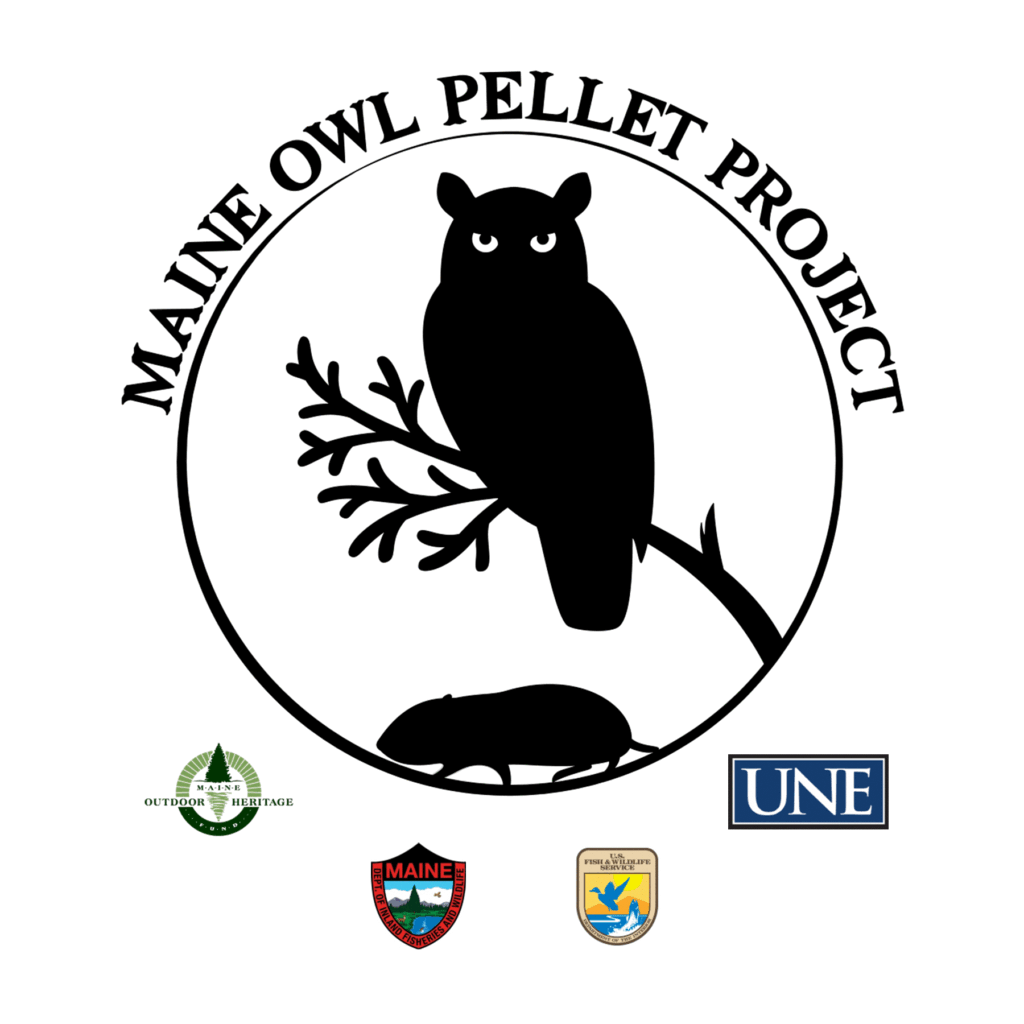
The Maine Owl Pellet Project is a collaboration between the University of New England, the Maine Department of Inland Fisheries and Wildlife, and the United States Fish and Wildlife Service that aims to engage the public and promote crowdsourced science to better understand the diet of Maine’s owls and the distribution and composition of the small mammal community on which they prey. The project, which is beginning in 2023 and is funded by the Maine Outdoor Heritage Fund, will focus on studying the state-threatened northern bog lemming (Synaptomys borealis), a small, brown rodent that is native to Canada and the northern United States, including the state of Maine. It is listed as a species of special concern by the state’s Department of Inland Fisheries and Wildlife and is found in wetland habitats, including bogs, fens, marshes, and swamps, where it feeds on a variety of vegetation.
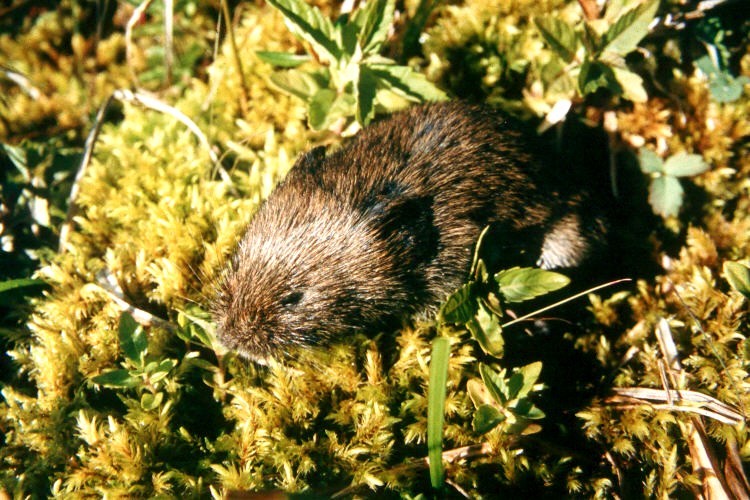
Very little is known about the biology and ecology of the northern bog lemming due to its small size, elusive behavior, and limited distribution. Traditional sampling methods, such as snap, live, and pitfall traps, are often ineffective for detecting this species, making it challenging to accurately assess its population size and distribution. By studying owl pellets, we can gain valuable insights into the distribution and abundance of northern bog lemmings and help inform conservation efforts for this threatened species.
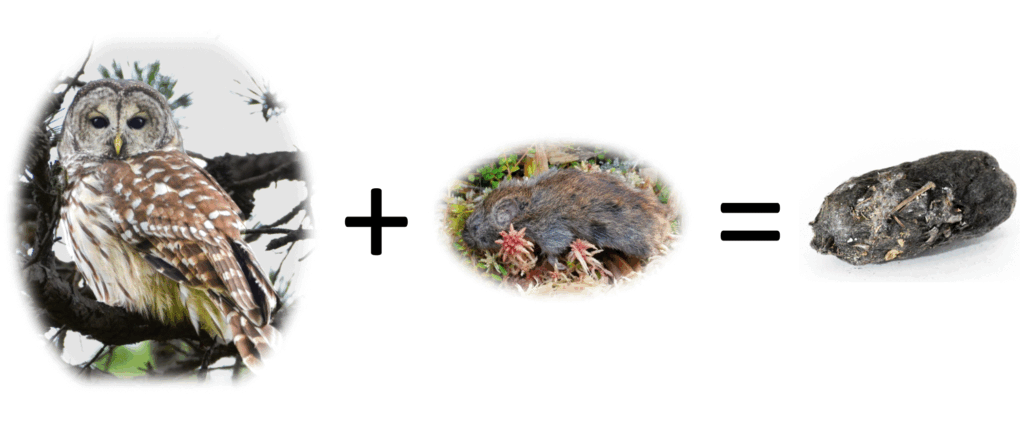
But the Maine Owl Pellet Project isn’t just about studying owls and their prey – it’s also about engaging the community in science. Community scientists of all levels of experience, from professional biologists to the public, are encouraged to collect and submit owl pellets for analysis. Owls are carnivorous birds of prey that hunt a variety of animals, including small mammals, birds, amphibians, and invertebrates. They swallow their prey whole and later regurgitate indigestible materials such as bones and fur in the form of pellets. These pellets provide a detailed record of what the owl has eaten and can give us a snapshot of the small mammal community living near where the pellet was found.
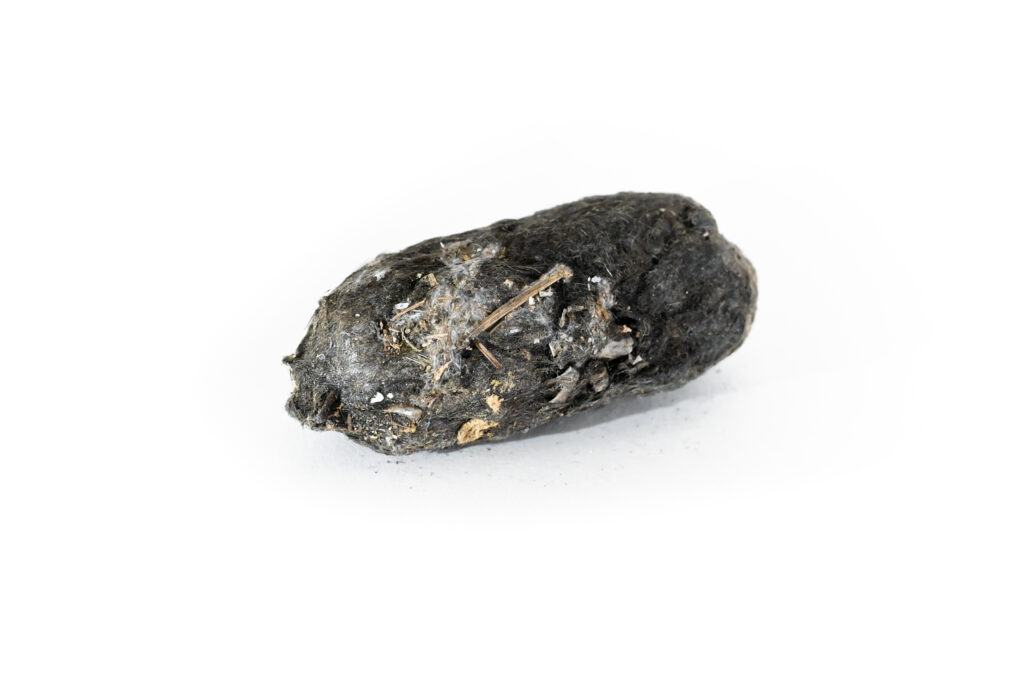
In addition to studying the northern bog lemming, the Maine Owl Pellet Project may also be able to detect the presence of rare owl species through the analysis of owl pellets. By studying a variety of owl pellets from different parts of the state, we can gain a more comprehensive understanding of the distribution and habitats of different owl species in Maine. Eleven species of owl have been documented in Maine, including rare or infrequent visitors. Of these, three species are common residents: the Great Horned, Barred, and Northern Saw-whet Owls. Great Horned Owls are the largest owl, with a 48” wingspan. They do not migrate and can be found in a wide variety of deciduous, coniferous, or mixed forests, with a preference for open, secondary-growth woodlands but also in urban or suburban areas, fields, wetlands, and agricultural areas, or any semi-open habitat. Barred Owls are medium-sized, with a 40” wingspan, and are nonmigratory. They inhabit mature mixed forests where nest cavities can be found often adjacent to wetlands and open meadows. Northern Saw-whet Owls are relatively small, with an 18” wingspan. Many are migratory but some reside in the state throughout the year. This owl species prefers dense coniferous and broad-leaved forests next to water or swamps.
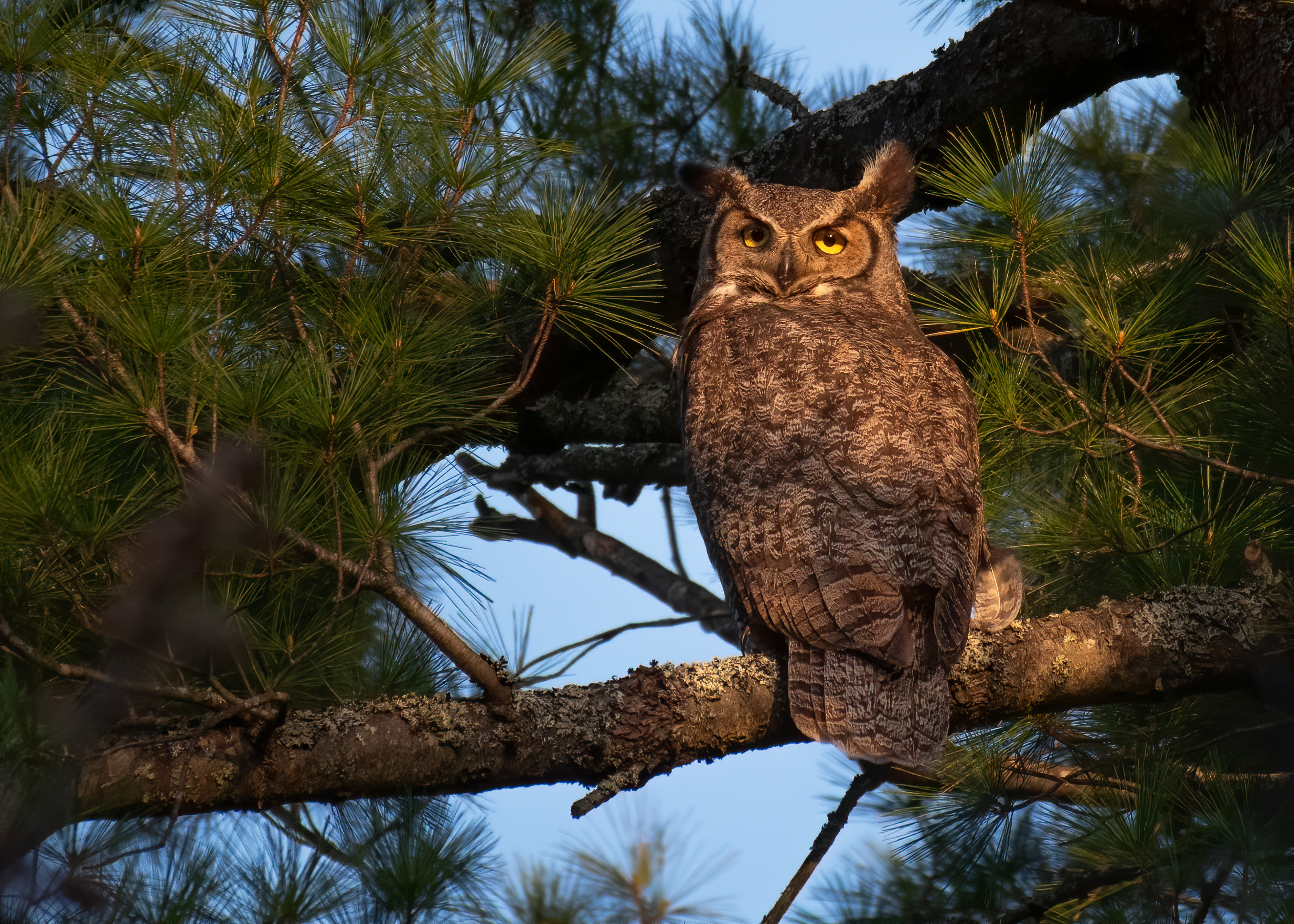
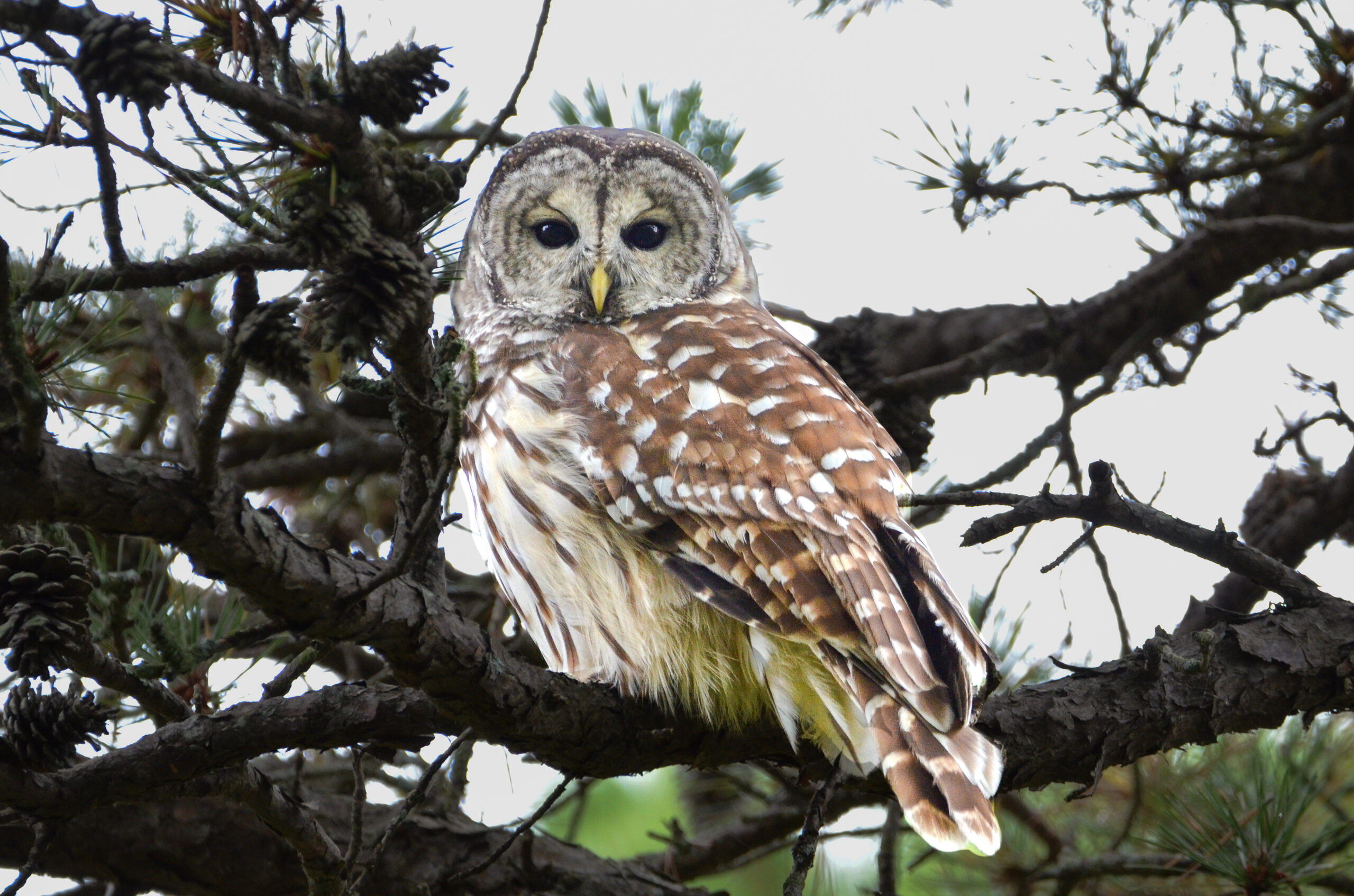
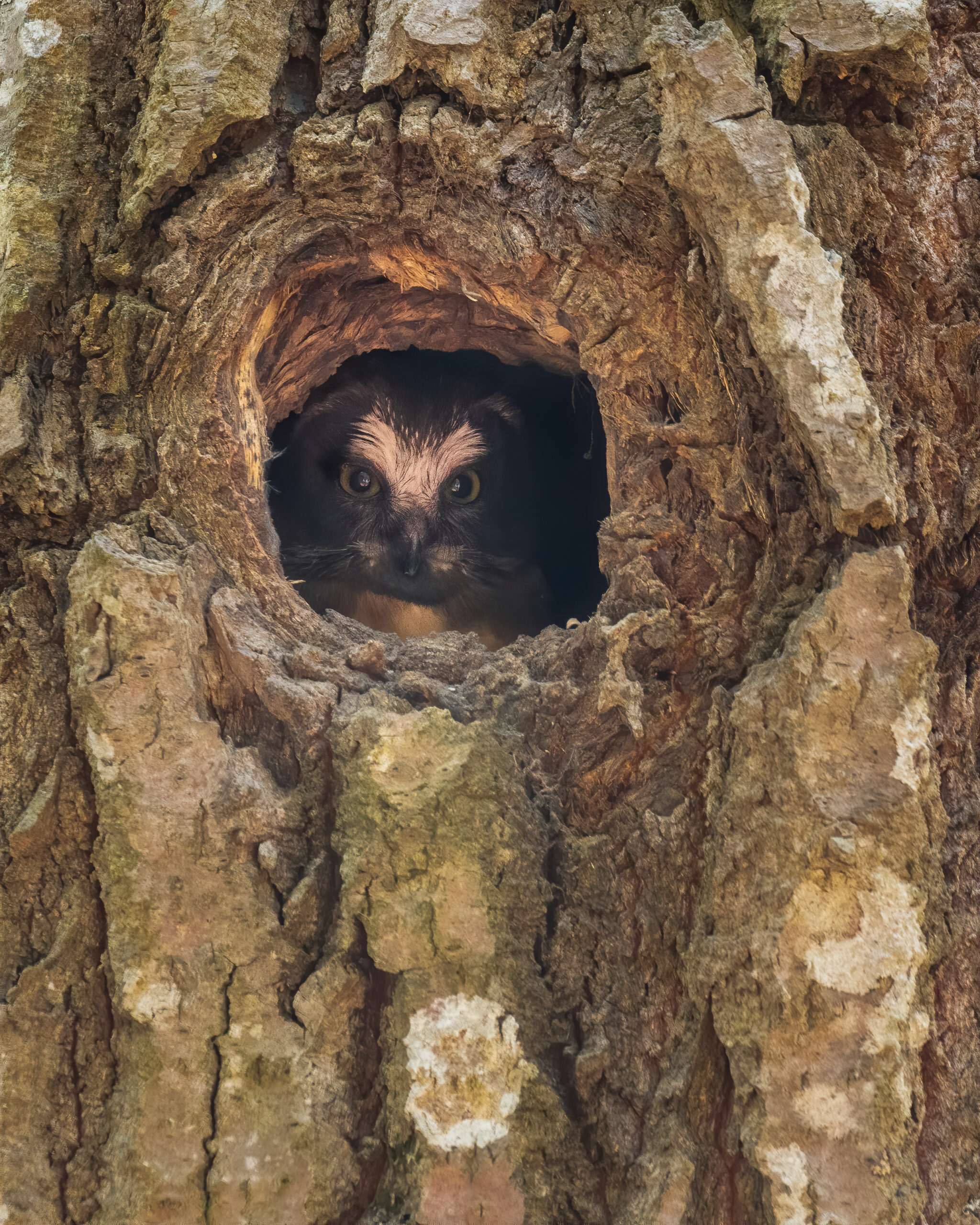
The goal of the Maine Owl Pellet Project is to describe owl food habits by species in Maine and detect the state-threatened northern bog lemming to inform conservation efforts. So why not get involved? Whether you’re a professional scientist or just someone who loves nature, there’s a place for you in the Maine Owl Pellet Project. Head to the project website to learn more and learn how to contribute. Together, we can discover more about the fascinating world of owls, their prey, and the ecosystems they call home.
